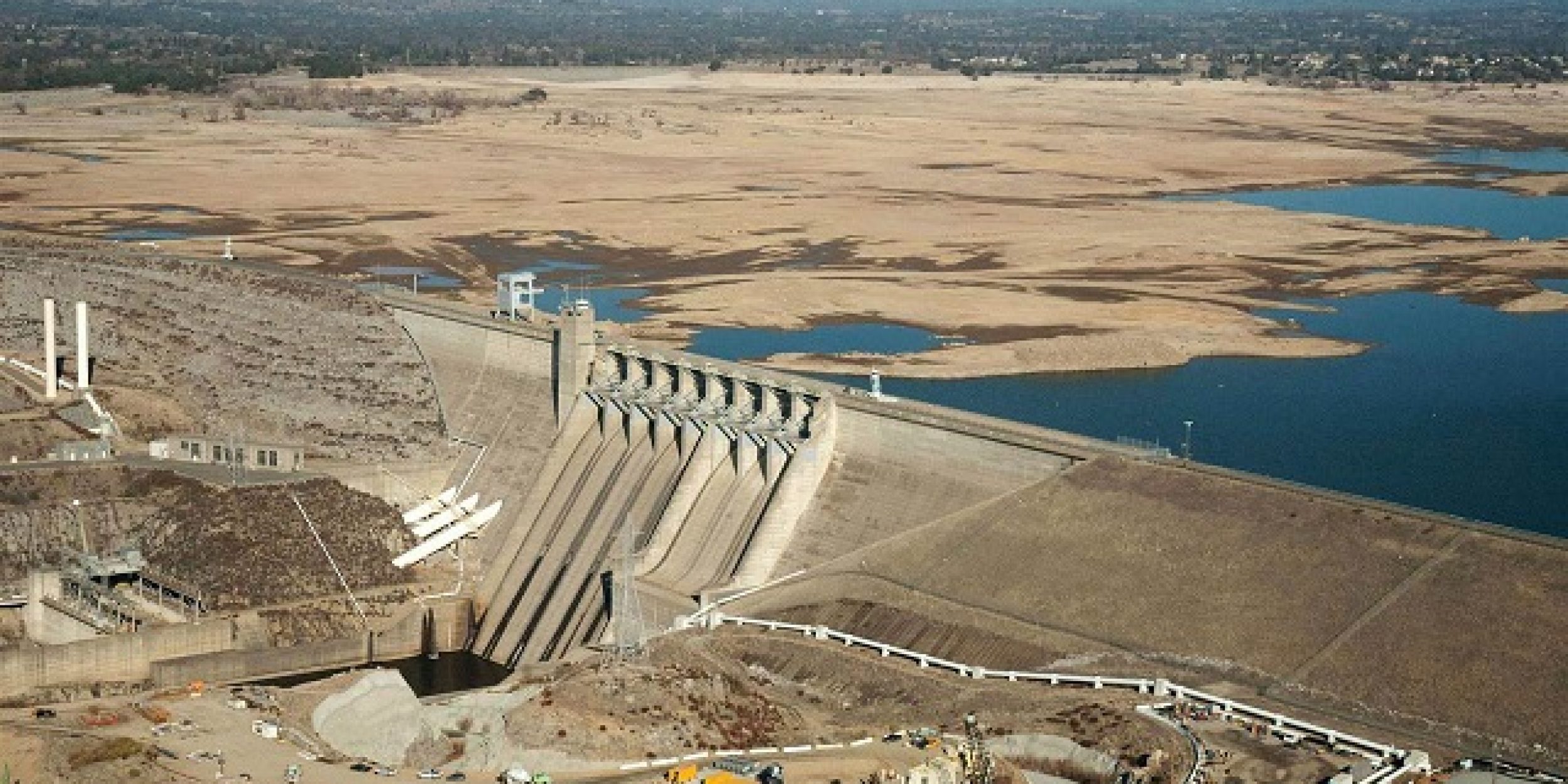

To support the National Integrated Drought Information System (NIDIS), the Sectoral Applications Research Program (SARP)’s Coping with Drought Initiative will fund six new two-year research projects in FY16, for a total of $1.7 million.
Through the Coping with Drought Initiative, SARP helps NIDIS provide dynamic and easily accessible drought information for the nation through drought research focusing on risk assessment, forecasting, management, and development of decision-support resources.
In addition, to these six new two-year projects, SARP will continue to fund the one-year old Drought Risk Management Research Center (DRMRC) in 2016. There will be no SARP competition in FY17.
- Assessing direct and higher order economic impacts and developing socio-economic baselines.
- Characterizing the readiness of institutions to utilize early warning information (e.g. use of indicators and triggers in drought planning) to develop their own risk based scenarios and meet their drought risk management goals.
- Identifying how soft path approaches such as natural, socioeconomic, and institutional (e.g. green infrastructure, regional collaborative land use planning and protection processes), contribute to options for water resource management that could enhance adaptive capacity.
- Characterizing the role of an early warning system(s) in the context of climate adaptation and resilience.
These projects also focused on four different regions, which were associated with four differnt focus areas: Missouri River Basin with an agricultural and/or water supply focus; Midwest along the Mississippi River with a transportation, agricultural and/or water supply focus; Colorado River Basin with a water supply, recreation, tourism and /or energy focus; and California with a water, agricultural and/or wildfire focus.
The six new projects to be funded under SARP – Coping with Drought in FY16 include:
- “Developing a Wildfire Component for the NIDIS California Drought Early Warning System,” PIs: Dr. Timothy Brown, Dr. Daniel McEvoy, Dr. Tamara Wall, Dr. Justin Huntington, Western Regional Climate Center; Mr. Mark Svoboda, National Drought Mitigation Center, University of Nebraska Lincoln, Dr. Mike Hobbins, Cooperative Institute for Research in Environmental Sciences(CIRES)/National Oceanic and Atmospheric Administration; Collaborator: Mr. Tom Rolinski, U.S. Forest Service.
- “Drought Planning Using Community Threat and Hazard Identification and Risk Assessment,” PIs: Dr. Denise Bulling, University of Nebraska-Lincoln; Dr. Deborah Bathke. National Drought Mitigation Center University of Nebraska-Lincoln; Dr. Lisa M. PytlikZillig, University of Nebraska, High Plains Regional Climate Center.
- “Enhancing Drought Early Warning Capabilities for Agricultural and Tribal Stakeholders in the Missouri River Basin Using Fast Response Drought Indicators,” PIs: Jason A. Otkin and Steven A. Ackerman University of Wisconsin-Madison; Tonya Haigh, National Drought Mitigation Center (NDMC); Collaborators: Martha C. Anderson, USDA-ARS, Christopher Hain, University of Maryland-College Park.
- “Advancing the Use of Drought Early Warning Systems in the Upper Colorado River Basin,” PIs: Ben Livneh, Lisa Dilling, William Travis, and Jeff Lukas, University of Colorado Boulder; Nolan Doesken, Colorado State University and Eric Kuhn, Colorado River District.
- “Characterizing the Readiness of Institutions to Utilize Early Warning Information to Develop their Own Risk Based Scenarios and Meet their Drought Risk Management Goals,” PIs: Dr. Vikram Mehta, Center for Research on the Changing Earth System; Dr. Harvey Hill and Dr. Rolf Olsen, US Army Corps of Engineers.
- “Developing a Framework for Assessing the Multi-stakeholder Vulnerabilities and & Risk Management Tradeoffs Related to Future Climate Extremes in the Colorado River Basin,” PIs: Dr. Patrick Reed, Cornell University, and Dr. David Yates National Center for Atmospheric Research.
SARP is a program in the Climate and Societal Interactions Division of the Climate Program Office, within NOAA’s Office of Oceanic and Atmospheric Research. To learn more about SARP and it’s funding opportunities, visit: cpo.noaa.gov/SARP
For a full list of CPO’s grants and awards for 2016, visit: http://cpo.noaa.gov/AboutCPO/AllNews/TabId/315/artmid/668/articleid/617026/Default.aspx
NOAA’s Climate Program Office helps improve understanding of climate variability and change in order to enhance society’s ability to plan and respond. NOAA provides science, data, and information that Americans want and need to understand how climate conditions are changing. Without NOAA’s long-term climate observing, monitoring, research, and modeling capabilities we couldn’t quantify where and how climate conditions have changed, nor could we predict where and how they’re likely to change.










